2016 Kawasaki Ninja ZX-10R review, test ride
Kawasaki has pulled out all the stops with the updates on the 2016 ZX-10R. It's time to get under its skin and find out.
Published on May 27, 2016 04:06:00 PM
93,168 Views
Follow us on



Now the engine is where the real magic has taken place. Trust the engineers at Kawasaki to take a great engine and make it even better. The 2016 10R retains the same 998cc 16 valve, DOHC, inline-four engine layout that also has the same bore and stroke as the previous model. However, it now sports a lighter crankshaft, which not only reduces the overall weight of the motorcycle; it also improves throttle response and acceleration. The cylinder head now has polished intake as well as exhaust ports, as opposed to the previous model only having the intake ports polished. It even incorporates larger passageways for coolant, to increase engine reliability and longevity. The valves are now made of titanium to reduce weight further and are 1mm wider in diameter to increase high-RPM output. The shape of the combustion chamber has been altered to enhance this as well.

But the changes don’t end there. The piston is now cast from a heat-resistant alloy that not only increases its durability, it also reduces the expansion which happens under immense heat, which alters engine behaviour to a certain extent. The cylinder wall thickness has also been increased to create a more rigid engine block. Another aspect that is absolutely concealed is the changes to the air-box; it now offers a whopping 25 percent increase in volume, along with a 60 percent increase in surface area of the new air-filter element. Couple this up with a new fly-by wire throttle and the engine is way more responsive than the older model. However, it does tend to be a bit more sensitive at lower revs, so more gradual throttle inputs will be required. Spent gases are disposed of through newly designed heat-resistant titanium-alloy headers that now have a 50 percent larger volume than the previous model; keeping the volume levels and overall weight lower than before.
The gearbox on the 10R has always been very precise, but the ratios have been on the taller side. Kawasaki has now reduced the ratios from 2nd to 6th gear to allow for a more usable power-band. This aids in better acceleration while exiting corners. However, the first gear still feels extremely tall and so makes the engine feel a little limp at lower revs. The meat of the power kicks in only post 8,000rpm and then closer to the top-end, the 10R gets absolutely ballistic. Here in the power-band of the 10R is where the real engine braking happens; it’s much more gradual in the lower revs. While decelerating, the slipper clutch allows for more stable and predictable down-shifts. You won’t have the rear-end sliding all over the place and creating nice zig-zag patterns all over the tarmac.
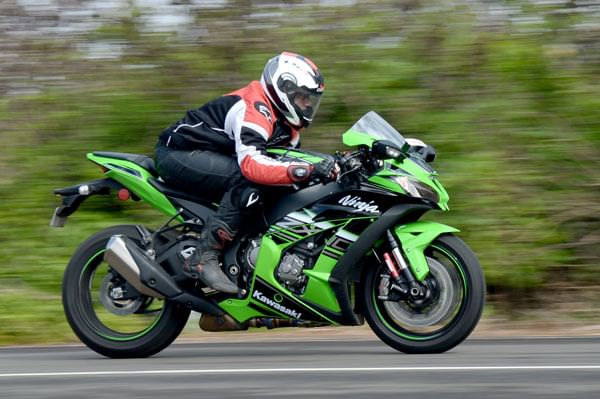
Now, we’ve only had the opportunity to test the 10R on the road so far; far from its potential limits of riding. So we haven’t really been able to explore the complete extent of intervention from the electronics. There are five different modes of traction control; the first two are for the race track. The third is also for the race track, but if the motorcycle is equipped with racing tyres. The fourth is programmed for nice winding roads in dry conditions, while the fifth is primarily for wet conditions and street use; that allows for minimum slippage. While slotted in traction mode 2 and full power mode, I did manage to get the rear to slide out a little while exiting a corner. But this was so well controlled that the motorcycle held exactly the intended line; not a hint of misbehaviour. The three power modes available are full, middle (80%) and low (60%); these should help even further with available riding conditions and rider preference.
Copyright (c) Autocar India. All rights reserved.



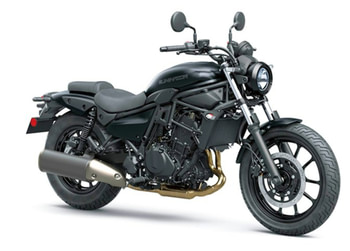






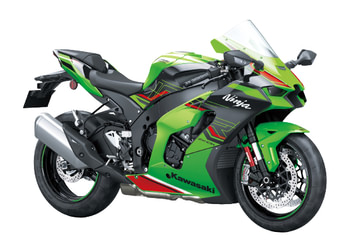




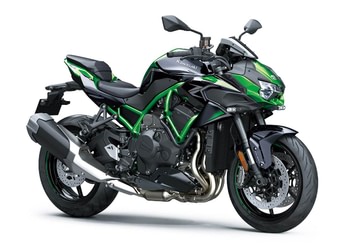



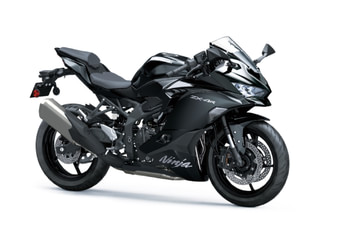






Comments
Member Login
Personal Details
No comments yet. Be the first to comment.